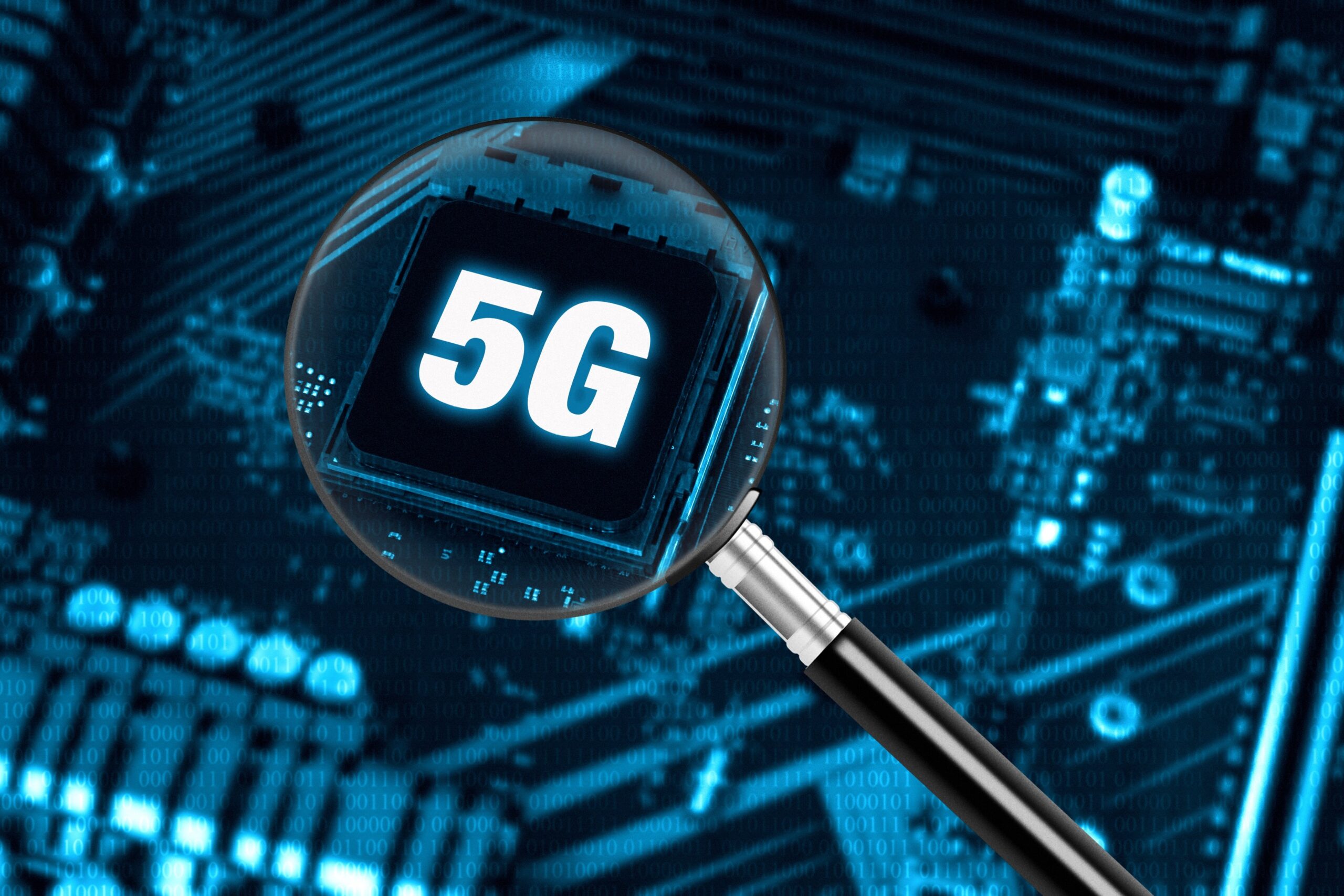5G Technology Explained: How It’s Transforming Connectivity
Introduction
New 5G networks continue to rewrite how people use their connections as well as their communication channels while changing digital world standards. The combination of rapid speeds and minimized delays and expanded simultaneous device support will create an industrial transformation and provide better daily life experiences through 5G technologies. Relating to you what 5G truly represents with its effects on connectivity. The following discussion examines the fundamental aspects of this technological breakthrough which changes the way connections are established.
What is 5G Technology?
5G stands for fifth-generation wireless technology. The advancement beyond 4G LTE represents 5G as the upcoming stage of mobile network technology. The advanced 5G network delivers performance rates higher than 4G by approximately 100 times while reaching 10 Gbps speed in perfect conditions. With 5G it becomes possible to finish downloading an entire HD movie within a few seconds.
The speed advancement in connectivity through 5G comes from using multiple frequency bands consisting of low-band, mid-band along with high-band (millimeter wave). The Massive MIMO (Multiple Input, Multiple Output) technology boosts network performance by permitting numerous devices to access at once without causing network deceleration. People need to understand the basics of 5G network technology and its underlying construction principles.
How 5G is Transforming Connectivity
Faster Internet Speeds
The main advantage of moving to 5G technology becomes apparent through its exceptional speeds. Users can enjoy streaming ultra-high-definition videos together with file downloads and online gaming on a 5G network without experiencing delays. A 5G network enables instant downloads of files which 4G users have to wait minutes to finish.
The matter of significance stems from improved speeds which eliminate buffering while speeding up downloads for optimal digital usability. The 5G technology enables particularly speedy content delivery especially when operating in the media industry. The use of 5G speeds results in entertainment industry transformation.
Low Latency for Real-Time Communication
The delay of data transmission between two points is recognized as latency. The new 5G system provides millisecond-delays which enable virtually immediate real-time communication.
Since even small delays during autonomous operations might trigger accidents the technology stands vital. The system allows remote medical procedures because doctors can treat patients irrespective of geographical distance. The rapid development of healthcare depends on low-latency 5G technology.
The Internet of Things (IoT) gets enabled through 5G technology
5G technology provides network capability to handle 1 million IoT devices within one square kilometer of space. The capacity of 5G to manage big numbers of devices simultaneously enables three key areas such as smart cities and connected appliances and industrial automation.
The intersection between traffic lights and parking meters and public transport using real-time communication allows cities to decrease congestion and environmental pollution. Analyze the role of 5G technology in developing smart urban environments.
Industries Being Transformed by 5G
Remote patient monitoring along with telemedicine and advanced diagnostic capabilities become possible through the speed together with reliability that 5G provides to healthcare services.
5G technology enables vehicles to link with each other thereby creating improved road security while also making possible self-driving automobiles.
Interactivity made possible by virtual and augmented reality experiences is enhancing classroom education at educational institutions.
Smart factories operational efficiency increases because real-time monitoring and AI integration makes their automated production processes more effective. Learn how 5G is transforming industries.
The Future of 5G Technology
A global growth of 5G networks will produce ongoing advances for society. New technological developments will integrate 6G implementation with holographic communications systems as well as highly advanced artificial intelligence solutions. The continuous rise in 5G adoption will lead to better connected solutions and advanced technological discoveries along with smarter environment systems.
Conclusion
5G technology serves as the key infrastructure that powers the following digital transformation era. The future of world interaction will be shaped by 5G technology which will reform both basic life conveniences and essential industrial sectors. Technology will continue developing and it will create new opportunities which we are currently unable to foresee.
Is your readiness to accept 5G in future existence complete? The beginning stage represents only the first phase of what lies ahead.

